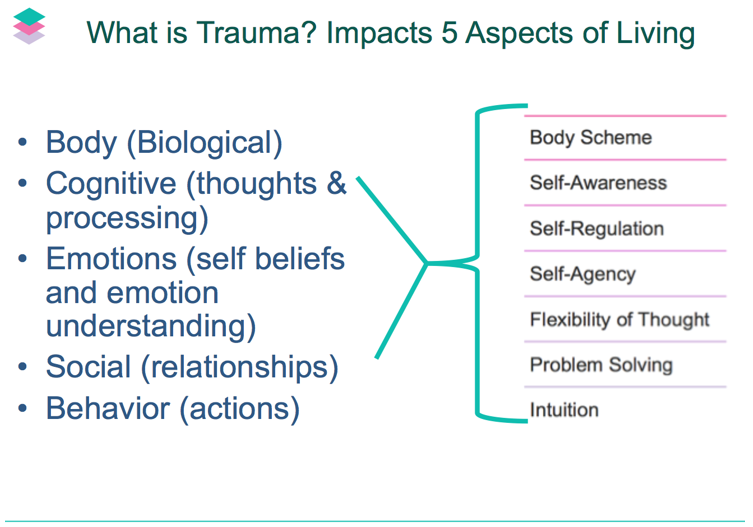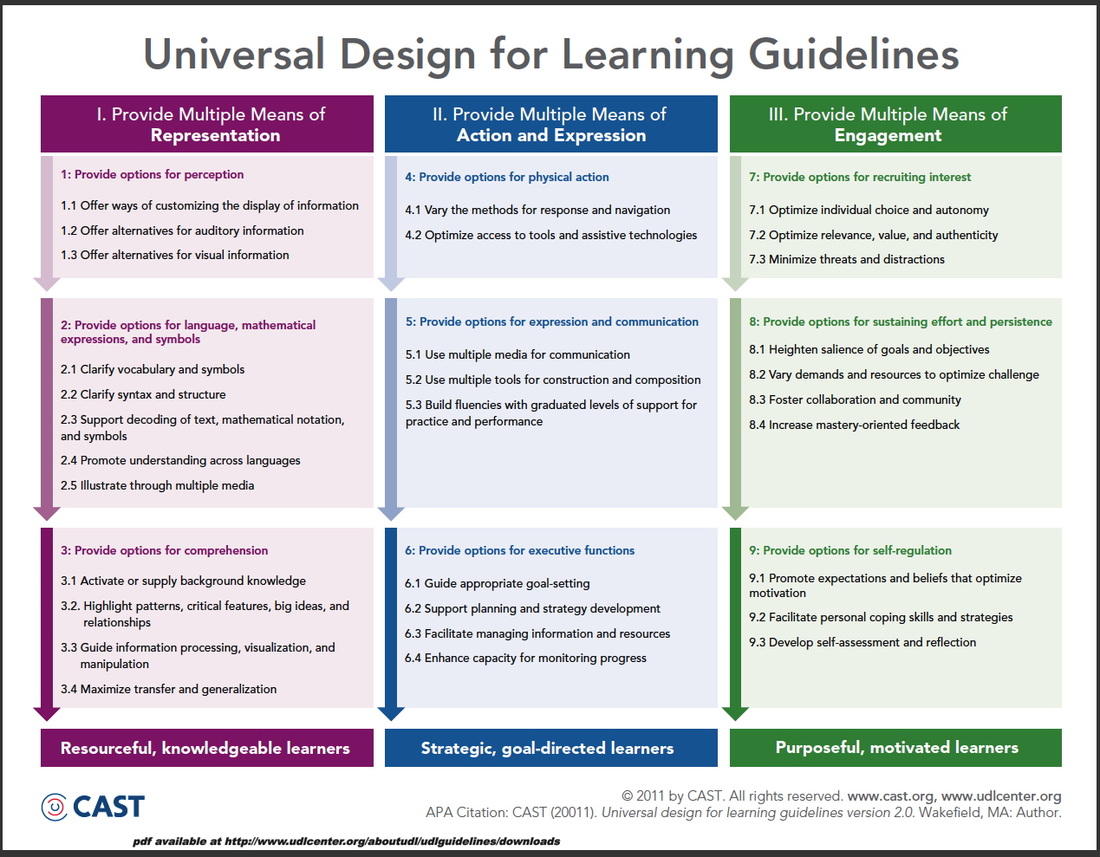Linda Hasunuma

Creating a space where students feel empowered to engage in discussions on challenging issues can help your students develop active listening and critical thinking skills, resulting in intellectual growth. Our students benefit from exposure to different perspectives and experiences from their own, even if they may push them out of their comfort zone. It is important, however, to be intentional about when and how you hold such discussions for them to be productive and meaningful. As educators, it is our responsibility to help them learn how to have these discussions thoughtfully and respectfully.
Just as you would not bring up controversial or difficult topics with someone you have just met, it is worth considering how we can create conditions and provide opportunities for students to practice sharing and expressing their thoughts without fear of judgment. Creating a “brave space” in which your learners feel that they can express their opinions is something that takes time to build, and you can begin that process even before classes begin.
Planning and Laying the Groundwork
The Syllabus
As you develop your course and syllabus, consider what controversial or challenging topics are likely to come up in your class and discipline and plan for them in your syllabus. If the election year is relevant to your course, might you create space pre- and post-election for a debrief and discussion? If COVID-19 can be explored within the context of your discipline, could including it breathe life and relevancy into your content? Be thoughtful about when to hold these conversations and be explicit about why you are having them, connecting these discussions to your learning goals. Be clear in your syllabus and in your course so that students know what to expect and are not surprised or unprepared for such discussions. You may also want to include a statement about creating an inclusive and brave classroom. This way students understand how these activities and discussions contribute to their intellectual growth.
To help students create a sense of community and connection before having discussions, you need to be intentional about creating informal and formal opportunities for students to interact, relate, discover what they have in common, and practice some of the skills they will need for more challenging discussions. Here are some ideas to help you get started:
Start Building Community Even Before Classes Begin
The very first interactions your students have with you and each other can help set the tone for the rest of the semester. Before classes even begin, on the first day, and during the first week or two, consider how you can create opportunities for students to get to know one another and begin building a sense of community and trust. Introductions on a discussion board and pair and small group work can help students practice sharing and considering different points of view through active listening and/or reading of posts. Before the first day of classes, you can create a discussion board in Canvas where students introduce themselves and have the option of posting a video or audio response. This way, students get to know who is in the class and discover what they may have in common with each other, and can begin connecting with one another before the semester by responding to each other’s posts. This can prime them for the first day and make it easier and less awkward to do icebreakers (for example, what is the story of their name, or what is the last movie they saw in the movie theater), and to initiate conversations with people in the class. The goal is for them to connect with one another first. Then, we can think about how to create opportunities to help students practice evaluating arguments and different perspectives.
Create Guidelines Together
In order to have productive discussions about challenging topics, create guidelines with your students for how the class should conduct such discussions. In order to prompt students to create guidelines, you might ask about their fears towards such discussions and how guidelines and other classroom dynamics might help them feel more comfortable. We recommend doing a “hopes and fears” exercise where students can anonymously write their hopes and fears for such discussions on sticky notes and then post them to a wall. In an online environment, you can use a polling application that generates a word cloud or use a google doc (less anonymous). This helps students to see that they are not alone in their fears and actually share common hopes. It also helps students to talk openly about the fear of saying something wrong, or being judged, shamed, or dismissed. It prepares them by acknowledging the barriers we all face in sharing our perspectives, and how we can work together to create a space in which more students feel that they can take a risk, share, or engage in a discussion that may challenge not only their own personal views but those of their classmates. These spaces, which we call “brave spaces,” encourage students to acknowledge that they can help create a classroom environment where each student feels they can be heard while acknowledging that some discussions may challenge them personally.
You might consider having the guidelines conversation on the first day of class as a way to build community, or run a pre-course discussion board to help students feel more secure and confident on their first day (alternatively you might do both: initiate the discussion in Canvas and complete it in class). Creating guidelines together also helps students learn how to listen, discuss, and debate, but work toward a common goal, and articulate what they value and expect from one another. By reminding them of this commitment, they are more likely to uphold those guidelines. If things ever get off course during a discussion, you can refer students to their guidelines as a kind of anchor or guidepost. Keep these guidelines at the ready and revise them as needed.
Give students opportunities to practice
Begin with discussion topics that are low stakes and won’t trigger strong emotional responses, but allow students to get to know one another and practice listening, evaluating another perspective, and then deciding for themselves how to handle differences of opinion. You might begin with a reading in your discipline where students can evaluate two competing explanations. Whether you have in-person, live, or asynchronous courses, you can use pair work and discussion boards to help students practice these skills of listening or reading each other’s posts and commenting on several other students’ perspectives. This exercise helps them to listen, read, and reflect on others’ viewpoints and appreciate the diversity of viewpoints on low-stakes issues, as well as think about how to respond to different perspectives. It reduces the stakes about having conversations where they can disagree with one another and accept different points of view, and try to articulate why they have their own viewpoints.
The goal is to make this type of discussion a part of what you do each class, whether it is a live session or asynchronous. Think, Pair, Share work and trios are great for more focused discussion, but try having different partners throughout the semester to encourage students to feel more comfortable with more people in the room. Online, you can do this in zoom breakout rooms and even with chats as students can chat with a partner privately. Rotating pairs and small groups can help students get to know each other and more of their classmates which helps promote a greater sense of community. After using low-stakes prompts, begin using topics that are more directly related to your course content and discipline. At the end of the discussion, remember to encourage reflection, –individually or as a group. What did they learn from the process?
With advanced planning and knowledge of some effective practices, you and your students will feel more confident and comfortable engaging in such conversations.
The next blog post on this topic will deal with the unexpected disruptions and hot moments that can occur in classrooms. Even with planning, sometimes you will have an intense and unplanned emotional reaction or moment, and there are some effective practices and strategies that can help you in those “hot” moments.References: Rojzman’s Hopes and Fears:https://www.nsrfharmony.org/wp-content/uploads/2017/10/Hopes_Fears-CFGWork.pdf Brave Space:https://www.naspa.org/images/uploads/main/Policy_and_Practice_No_2_Safe_Brave_Spaces.pdf Temple Resource:https://diversity.temple.edu/
Linda Hasunuma is Assistant Director at Temple University’s Center for the Advancement of Teaching.








